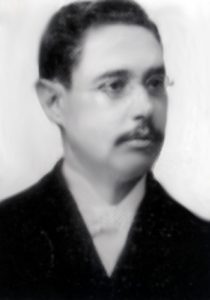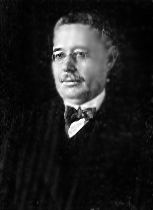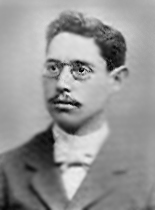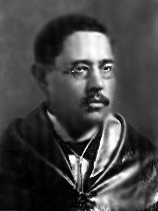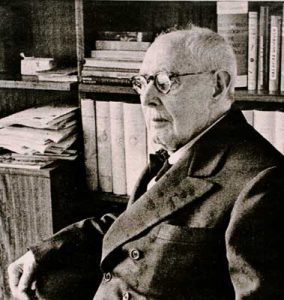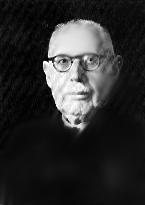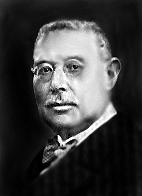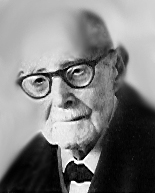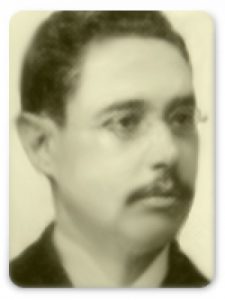
He finished his studies in physics-mathematics sciences in 1891 and he got his Ph.D. degree in 1894. He organized and directed during 67 years the Servicio Horario, which was the organisation that fixed the official time in Barcelona. At first, the official time was given by the stars position seen from the dome of the Acadèmia de Ciències.
In 1894 he published a project for a new astronomical observatory at the top of Tibidabo; his project was accepted by the Acadèmia de Ciències in 1895 and in 1905 the new observatory called Observatori Fabra was built. In 1896, he made the first X-ray photography in Spain. He win the professorship of geodesy at the Universitat de Barcelona in 1899, but it was abolished and in 1900 he was given the professorship of rational mechanics until 1932, when his professorship of geodesy and astronomy was recognised. In 1896, when he was a member of the Granja Agrícola Experimental de la Diputació de Barcelona, he organised the Xarxa Pluviomètrica (rainfall net) of Catalunya and Illes Balears and he also organised periodic publications in the association’s journal. He was nominated president of the Societat Astronòmica de Barcelona and established 224 meteorological stations in Catalunya. In 1909 he became a member of the Reial Acadèmia de Ciències i Arts de Barcelona and in 1912, director of the meteorological and seismic section at the Observatori Fabra. Together with the Institut d’Estudis Catalans, in 1913, he founded the Estació Areològica de Barcelona, the basis of the Servei Meteorològic de Catalunya, which is considered his main work; he started to develop this project in 1921 with the support of the Institut d’Estudis Catalans and the Mancomunitat. In 1922 he was admitted as a member of the Deutsche Seismologische Gesellschaft. In 1923, he collaborated in the Comisión para la Explotación de las Altas Capas de la Atmósfera, that took place in London and in 1926, in the Comisión Permanente de la Red Meteorológica Mundial. In 1929 he established under the protection of the Diputació Provincial de Barcelona the meteorological station in the Turó de l’Home, at the top of Montseny mountain, and the same year, he organised in Barcelona an international meeting to study the clouds called: Comisión Internacional para el estudio de la Nubes. In 1934 he became president of the Ateneu Barcelonés. He also founded the Comissió d’Estudi del Mar a Catalunya. From 1942 he was the president of the science section at the Institut d’Estudis Catalans and from 1958 he became honorific president of the same institution.
Main works
- Atlas elemental de núvols (1925)
- La tramuntana empordanesa i el mestral del golf de Sant Jordi (1930)
- L’anomalia tèrmica de la plana de Vic (1937)
- Elementos de meteorología (1943)
- Assaig d’un vocabulari meteorològic català (1948)
- Una visió meteorològica del turó de l’Home (1950)
- Recopilació de dades sísmiques de les terres catalanes entre 1100 i 1906 (1970)
MORE INFORMATION
- J.E. Llebot Babagliati “Eduard Fotseré i Riba Semblança Biogràfica” I.E.C. 2002

